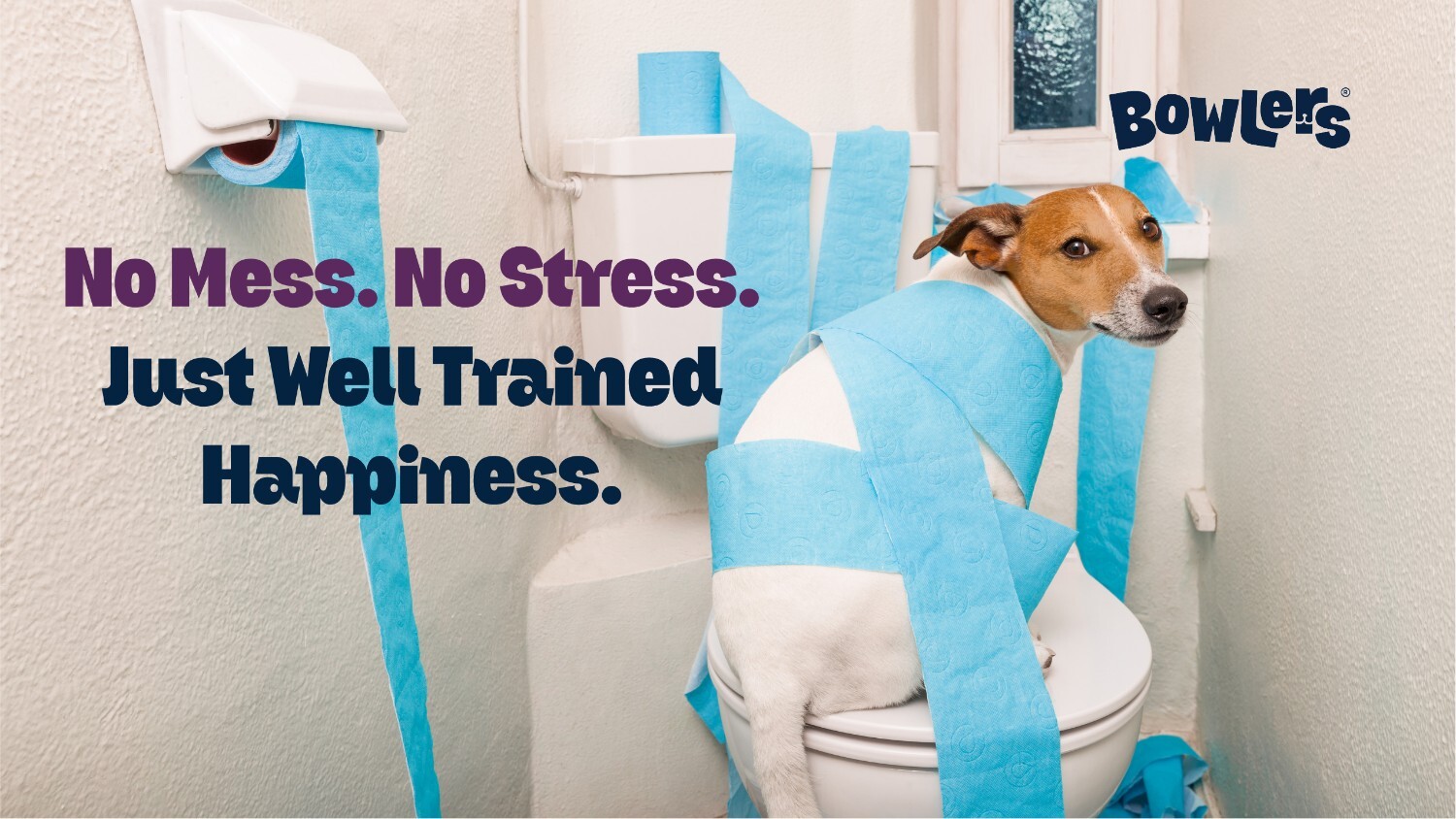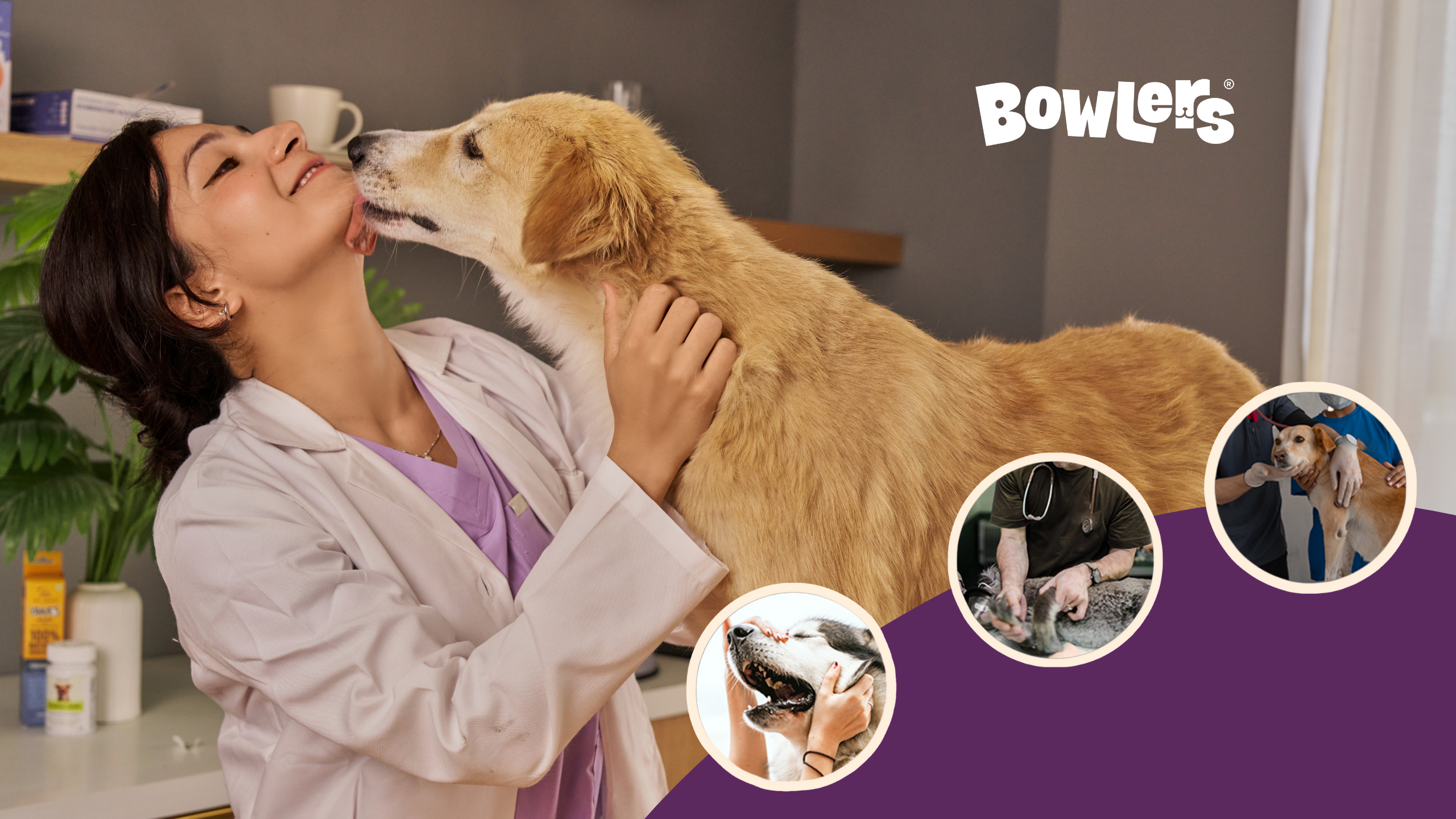How to Train Your Dog to Stop Jumping on People

Few things are as frustrating (or embarrassing) as your dog leaping on guests the moment they walk in. While it’s often your dog’s way of saying “I’m happy to see you!”, jumping can quickly turn from cute to chaotic.
The good news? With consistent manners training for dogs, patience, and positive reinforcement, you can teach your pup calm, polite greetings — whether it’s you walking through the door or a new visitor.
Let’s look at how to stop dog jumping and replace that bouncy enthusiasm with confident, friendly behavior.
Why Dogs Jump on People
Before correcting the behavior, it’s important to understand why it happens.
Most dogs jump because:
- They’re excited and seeking attention.
- It worked before someone laughed, petted, or talked to them.
- They lack clear boundaries or impulse control.
Jumping is simply an expression of joy, not misbehavior but it’s our job to guide that excitement into calm dog greetings through consistent training.
How to Stop Dog Jumping — Step-by-Step Guide
Step 1: Ignore the Jumping Behavior
When your dog jumps up, don’t shout or push them away; this still counts as attention. Instead:
- Turn your body sideways or step back.
- Avoid eye contact or talking until all four paws are on the floor.
- The moment they calm down, reward that behavior.
This teaches your dog that jumping ends the fun, but calmness gets love and treats.
Step 2: Reward Calm Greetings
When your dog greets you politely standing or sitting, say “Good calm!” and offer the treat.
Positive reinforcement helps your dog understand that calm behavior earns attention. Over time, they’ll naturally choose manners over excitement.
Step 3: Teach the “Sit for Hello” Rule
Linking the “sit” command with greeting time is one of the most effective jumping dog training tips.
Here’s how:
- Before anyone greets your dog, ask them to sit.
- If they stay seated, reward them.
- If they stand up or bounce, step back and wait.
Repeat consistently until your dog associates “sit” with attention. You can reference our earlier guide — How to Train Your Dog to Sit and Stay Effectively for a quick refresher on command training.
Step 4: Manage Excitement Triggers
If your dog goes wild when someone enters, set them up for success:
- Keep them on a leash or behind a baby gate during early training.
- Ask guests to stay neutral and only interact once your dog is calm and sitting or standing quietly.
- Practice greetings daily using friends or family for real-life rehearsal.
The goal is to make calmness their new default greeting habit.
Step 5: Reinforce Manners Every Day
Dogs learn through repetition. Build polite behavior into everyday routines:
- Before feeding — ask for a “sit.”
- Before walks — wait for calmness.
- Before play — reward patience.
Over time, this becomes part of their daily rhythm and supports your broader basic dog training for obedience and manners.
For more helpful routines, check out:
- Step-by-Step Guide to Teaching Your Dog Recall Commands
- How to Leash Train Your Dog Without Pulling
- Best Methods for Potty Training Puppies Indoors and Outdoors
Dog Behavior Correction Tips
Sometimes, excitement can overwhelm even well-trained dogs. Here’s how to gently manage and redirect:
- Be consistent – Everyone in the family should respond the same way to jumping or unwanted behavior. Mixed reactions can confuse your dog.
- Use calm energy – Speak softly, move slowly; excitement feeds excitement.
- Redirect behavior – Ask for “sit” or “stay” instead of shouting “No!”
- Provide mental exercise – Puzzle toys and sniff walks help reduce pent-up energy.
Remember, behavior correction works best when rooted in trust, not fear.
Calm Dog Greetings in Public
Teaching calmness at home is one thing — maintaining it outdoors is another.
Here’s how to keep greetings polite in public:
- Approach people slowly and practice “sit for hello.”
- Use a short leash to maintain control without tension.
- Reward calm sniffing or sitting before letting others pet your dog.
Common Mistakes to Avoid
- Pushing your dog down – Feels like play and encourages jumping.
- Letting them greet on their terms – Reinforces bad habits.
- Inconsistent rules – Everyone must follow the same approach.
- Skipping daily practice – Dogs need repetition to build self-control.
Stay patient and positive — polite greetings will soon become second nature.
FAQs About Dog Jumping Behavior
1. How long does it take to stop dog jumping?
With daily consistency, most dogs improve within 2–4 weeks. Some may take longer if the habit is deeply ingrained.
2. Should I say “No” when my dog jumps?
Avoid harsh corrections. Instead, ignore and redirect to calm or sitting behavior — reward that instead.
3. Can puppies learn not to jump?
Yes! Early socialization and clear boundaries are key. Use gentle rewards like Puppy food during greetings.
4. What if guests keep encouraging jumping?
Politely ask them to ignore the dog until they sit. One inconsistent person can slow progress for everyone.


